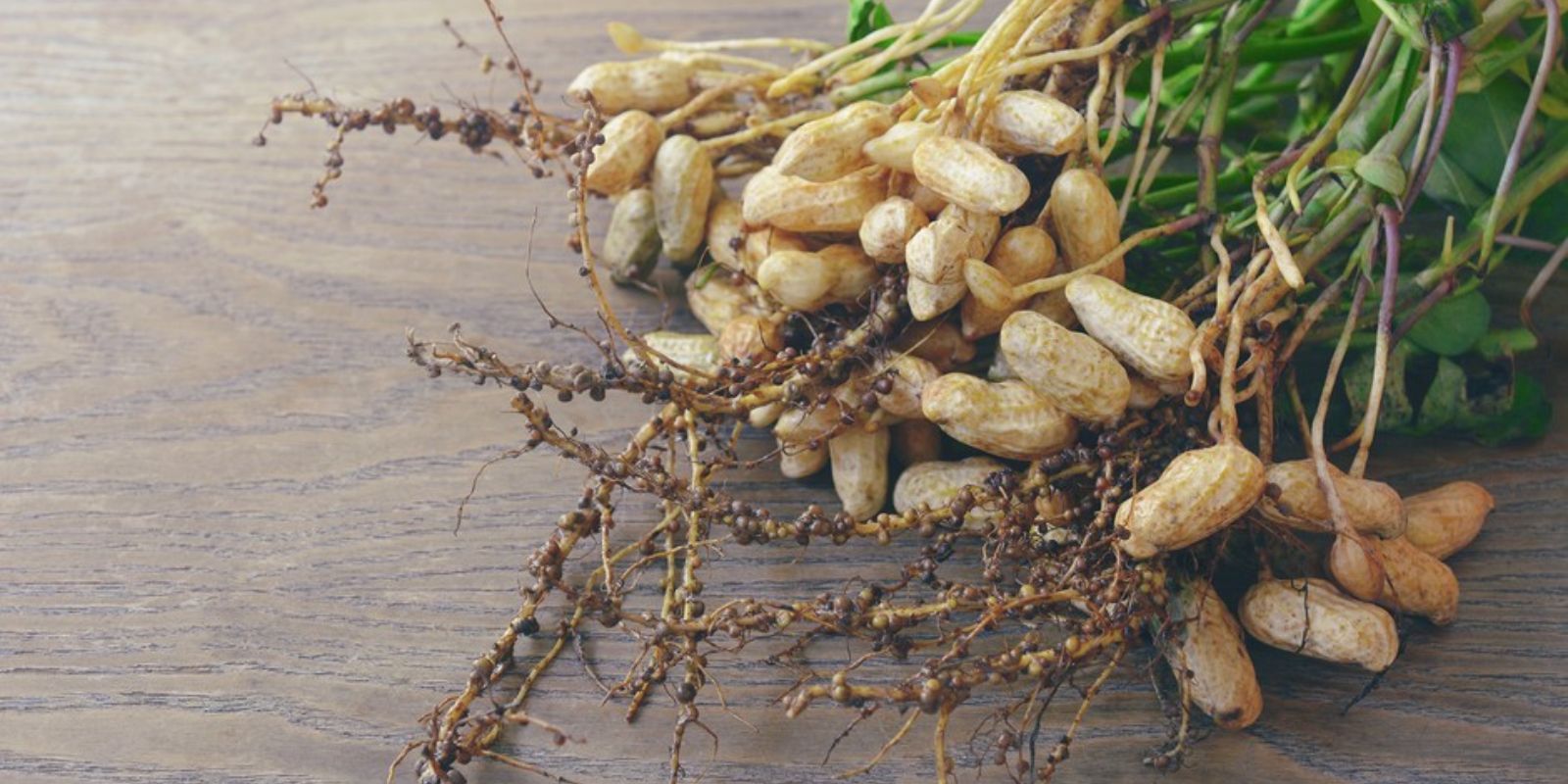Introduction
Peanuts are a beloved snack enjoyed by millions worldwide, but did you know that they grow underground? While many people assume peanuts are nuts because of their taste and texture, they are actually legumes, akin to beans and lentils. The fascinating growth process of peanuts involves unique stages that differ significantly from most other plants. This article will delve into the intriguing journey of peanut growth, from planting to harvesting, and uncover why these legumes are truly remarkable.
Understanding Peanut Plants
Peanuts, scientifically known as Arachis hypogaea, are native to South America. Unlike most plants, which produce their seeds above ground, peanuts develop their seeds beneath the soil. This unusual growth habit has captivated gardeners and agriculturalists alike. Peanuts thrive in warm climates and well-drained sandy soils, making them ideal for cultivation in regions with moderate temperatures and minimal frost.
Steps to Grow Peanuts
1. Selecting and Preparing the Soil
- Soil Requirements: Peanuts require loose, well-drained soil to grow effectively. Sandy loam is ideal as it allows the developing pegs to penetrate the soil easily. Avoid heavy clay soils that can hinder the growth of the plant.
- Soil Preparation: Before planting, prepare the soil by tilling it to a depth of about 12 inches. Remove any rocks or debris that could obstruct the growth of the plant. Enrich the soil with compost or well-rotted manure to provide essential nutrients.
2. Planting Peanut Seeds
- Timing: Peanuts should be planted after the last frost date, when the soil temperature reaches at least 65°F (18°C). They need a long growing season of about 4-6 months to mature.
- Spacing: Sow peanut seeds 1-2 inches deep and space them about 6 inches apart. Rows should be spaced 24-36 inches apart to allow for ample growth. This spacing helps ensure good air circulation and reduces the risk of disease.
3. Caring for Peanut Plants
- Watering: Peanuts need consistent moisture, especially during the flowering and pegging stages. Water the plants regularly, aiming to keep the soil evenly moist but not waterlogged. Reduce watering as the plants approach maturity to prevent mold and fungal issues.
- Weeding and Mulching: Keep the area around the plants free of weeds, which can compete for nutrients and water. Mulch around the plants to help retain soil moisture and control weed growth.
- Fertilizing: Peanuts are relatively low in their nutrient requirements compared to other crops. However, a balanced fertilizer or compost applied before planting can support healthy growth. Avoid over-fertilizing, as this can lead to excessive foliage at the expense of seed development.
4. Flowering and Peg Formation
- Flowering: Peanut plants produce small, yellow, self-pollinating flowers that appear above ground. These flowers are short-lived, lasting only a day or two. Pollination is necessary for the development of the pegs.
- Peg Development: After pollination, the flower stalk elongates and bends downward to form a peg. The peg then penetrates the soil and develops into a peanut pod. This unique process, known as “geocarpy,” is what sets peanuts apart from other legumes.
5. Harvesting Peanuts
- Timing: Peanuts typically take 4-6 months to mature. Harvesting should be done when the leaves of the plant turn yellow and begin to dry. The exact timing can vary depending on the variety and growing conditions.
- Digging Up: Use a garden fork or spade to carefully lift the plants from the soil, taking care not to damage the pods. Gently shake off the excess soil and remove any remaining debris.
- Curing: After harvesting, peanuts need to be cured to develop their full flavor and texture. Hang the plants in a dry, well-ventilated area for 1-2 weeks to allow the pods to dry completely. Alternatively, you can spread the pods out in a single layer in a dry location.
6. Storing and Using Peanuts
- Storage: Once cured, remove the peanuts from the plant and store them in a cool, dry place. Peanuts can be stored in airtight containers for several months. For long-term storage, they can be frozen to extend their shelf life.
- Uses: Peanuts can be enjoyed in various ways, including roasted, boiled, or ground into peanut butter. They are also used in baking, cooking, and as a snack on their own.
Challenges and Tips
- Pest and Disease Management: Peanuts are susceptible to pests like aphids and diseases such as leaf spot and root rot. Regular monitoring and prompt treatment with appropriate methods can help manage these issues.
- Climate Considerations: Peanuts are sensitive to frost and cold temperatures. Ensure that you plant them after the risk of frost has passed and provide protection if necessary during cooler weather.
Conclusion
The growth process of peanuts is a fascinating example of nature’s ingenuity. From their underground development to their diverse uses in the kitchen, peanuts offer both practical and culinary benefits. By understanding and implementing the steps outlined in this guide, you can successfully cultivate your own peanuts and enjoy the satisfaction of growing this remarkable legume.
Call to Action
Curious about growing peanuts or have tips to share? Join the conversation by leaving your questions or experiences in the comments below. Let’s explore the unique world of peanut cultivation together and celebrate the joy of gardening! 🌱🥜

